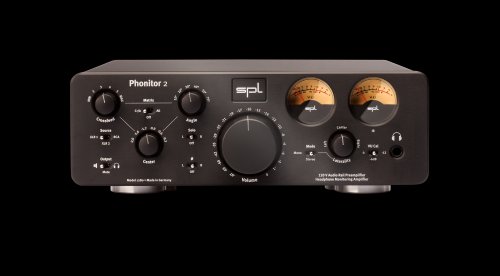Your first sentence is correct BUT, loss of high frequencies is only one of several factors and therefore your second sentence is incorrect. Just rolling-off the HF content in your headphones will not create depth/soundstage, it will just make everything sound dull with essentially the same depth/soundstage!
With distance, in addition to loss of HF there is also some loss of low freqs, plus there is significant more loss of the direct sound relative to it's reflections (reverb) and additionally, it's all relative within a mix anyway. All of these factors needs to be taken into account, not just one or two of them.
G





 ). Reducing channel difference can give "wider" sound. It can seem counter-intuitive, but it's just a consequence of how our spatial hearing works. Understanding these things helps believing in miniature soundstage with headphones ultimately making headphone listening more enjoyable with crossfeed.
). Reducing channel difference can give "wider" sound. It can seem counter-intuitive, but it's just a consequence of how our spatial hearing works. Understanding these things helps believing in miniature soundstage with headphones ultimately making headphone listening more enjoyable with crossfeed.